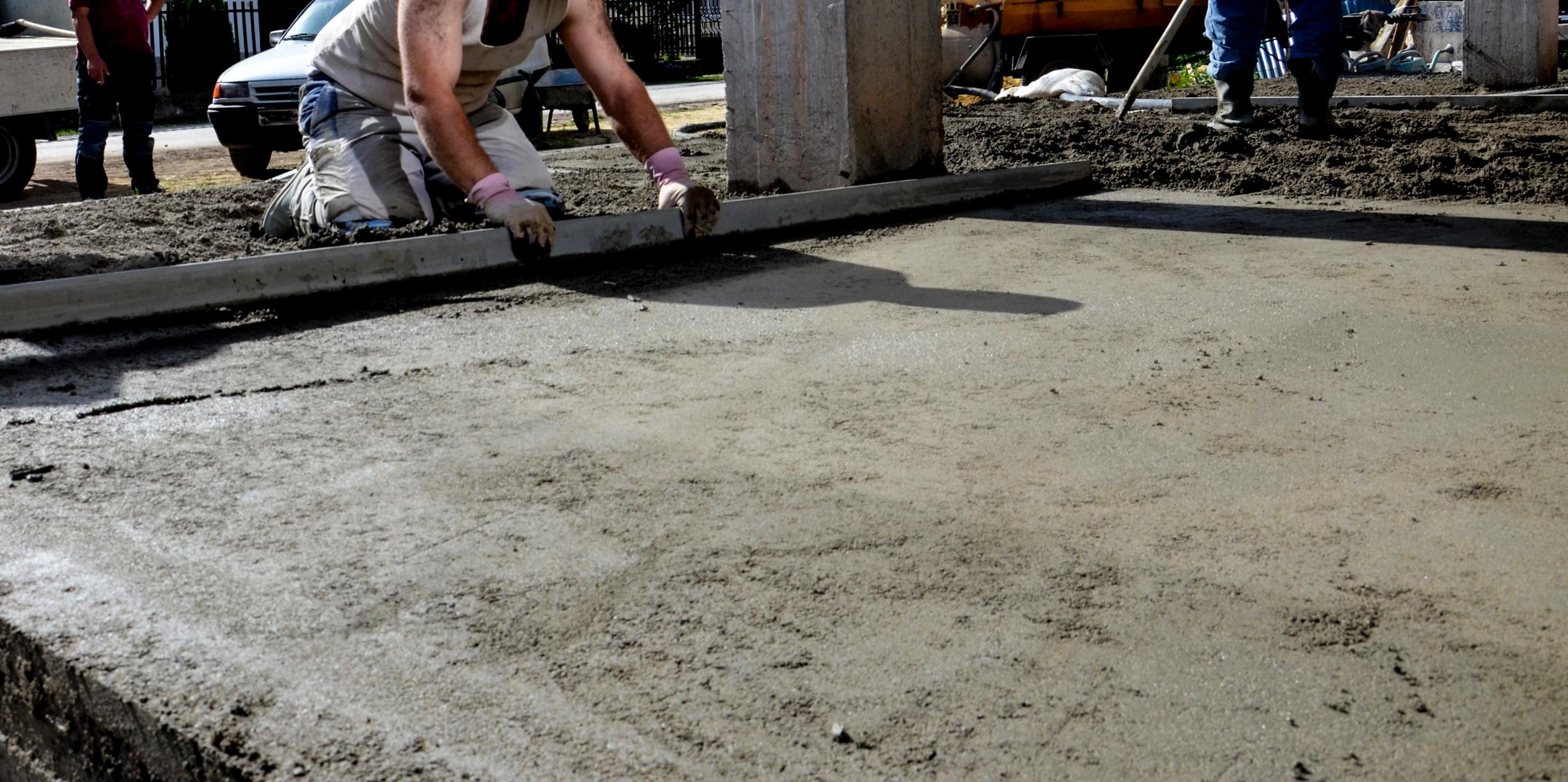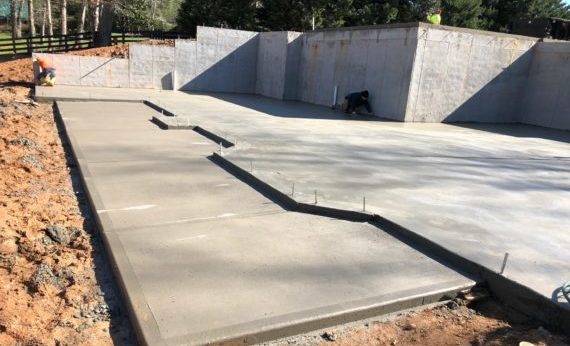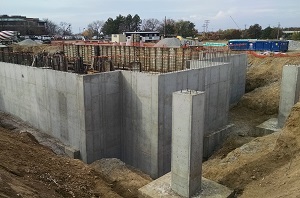How Do I Choose A Building Foundation?
Erika Oppenheimer, a renowned test prep coach, is quoted as saying, “Without a solid foundation, you ‘re going to have trouble creating anything of value.” Although this relates to creating maximum value when taking academic tests, it can be applied more literally when it comes to choosing the best foundation for the owner’s building or your own home. In order to maximize the value of a building, the most critical initial step is to research the types of foundation and choose the most efficient foundation for your building project.
FOUNDATION TYPES FROM THE GROUND UP
According to the Soil Mechanics in Engineering Practice, the foundation is defined as the lower section of the building structure which transfers its gravity loads to the earth. This basic definition is then extended when considering the selection criteria for the foundation, which are dependent on two main factors:
- Soil / ground conditions
- Types of loads of the building structure
GROUND/SOIL CONDITIONS
The Constructor – the Civil Engineering Information Resource Site – recommends conducting a soil survey for your project to find out:
- Nature and soil type
- Depth of different soil layers
- Bearing capacity of soil at varying levels
- Level / slope of the ground
For example, when the soil near the surface is not capable of supporting structural loads, hard strata (soil layer with sufficient load bearing strength) must be found and most often results in a need for deeper foundations. In other cases, where there is a uniform stable ground, a shallow foundation would be sufficient.
LOAD TYPES FROM BUILDINGS
Loading conditions that affect selection of foundation types depend on the type of building for your project, locational/environmental factors and the type of structural construction materials used for your project. The Constructor cites factors that increase loads and necessitate deeper foundations, including:
- High-rise/multi-story buildings
- Exposure to strong winds or earthquake zones
- Reinforced concrete buildings
PUTTING IT ALL TOGETHER
Once soils have been investigated and loads types have been determined for the building project, now is the time to put it all together and select the best foundation type for the project. These main foundation types include:
Spread/wall footings
- What it is: foundation type where the base is wider than a typical load bearing wall
- Why it’s used: The wider base distributes the weight from the building structure over a greater surface area and provides more stability for the building
Drilled pier/deep foundation
- What it is: type of deep foundation used to transfer heavy loads from the building structure to hard rock strata
- Why it’s used: Can reduce the amount of ground disturbance, all while protecting against earthquakes and wind forces; also used where highly expansive near surface soils are present
Post-tensioned slab foundation
- What it is: type of foundation that is spread across the entire area of the building to support loads from columns and walls
- Why it’s used: Can be used on expansive soils
SELECTION OF TYPE OF FOUNDATION
- ADEQUATE DEPTH
The foundation must be sufficiently deep to prevent damage to the frost. For foundations such as bridge piers, the depth of the foundation must be sufficient to prevent the scour from being undermined.
- BEARING CAPACITY FAILURE
The foundation must be safe from failure of bearing capacity.
- SETTLEMENT
The foundation must not settle the matter to such an extent that it damages the structure.
- QUALITY
The foundation must be of adequate quality so that it is not subjected to deterioration, such as from sulfate attack.
- ADEQUATE STRENGTH
The foundation must be designed with sufficient strength that it does not fracture or break apart under the applied superstructure loads. The foundation must also be properly constructed in conformance with the design specifications.
- ADVERSE SOIL CHANGES
The foundation must be able to resist long-term adverse soil changes. An example is expansive soil, which could expand or shrink causing movement of the foundation and damage to the structure.
- SEISMIC FORCES
The foundation must be able to support the structure during an earthquake without excessive settlement or lateral movement.



Are You Looking for a Concrete Foundation Specialist You Can Trust?
Spaulding Concrete has been laying concrete foundations throughout the San Francisco Bay Area for over thirty years. We have poured hundreds upon hundreds of foundations for homes, commercial and agricultural properties over the years. The more difficult a project is, the harder we work to provide real solutions and state-of-the-art solutions. We partner with each client from concept to completion, which enables us to design and implement plans that meet or exceed our client’s goals. Our concrete design team is made up of highly skilled, experienced estimators and craftsmen who work diligently to minimize problems and ensure that we remain on schedule. With all the resources available to complete your project through strong connections with leading suppliers, we are a single source for any type of concrete foundations. For all our products and services, we use the latest industry technologies so you can ensure your project will be completed on-time and under code. When it’s time to finish and place, you can count on our highly experienced crews who are skilled in all facets of the industry. Spaulding Concrete will deliver if you need experience with any type of structural concrete. To schedule your free quote, call or contact us today! We are proud to serve Orinda, Lafayette, Moraga, Pleasant Hill, Concord, Martinez, Pittsburg, Antioch, Brentwood and the surrounding areas.
